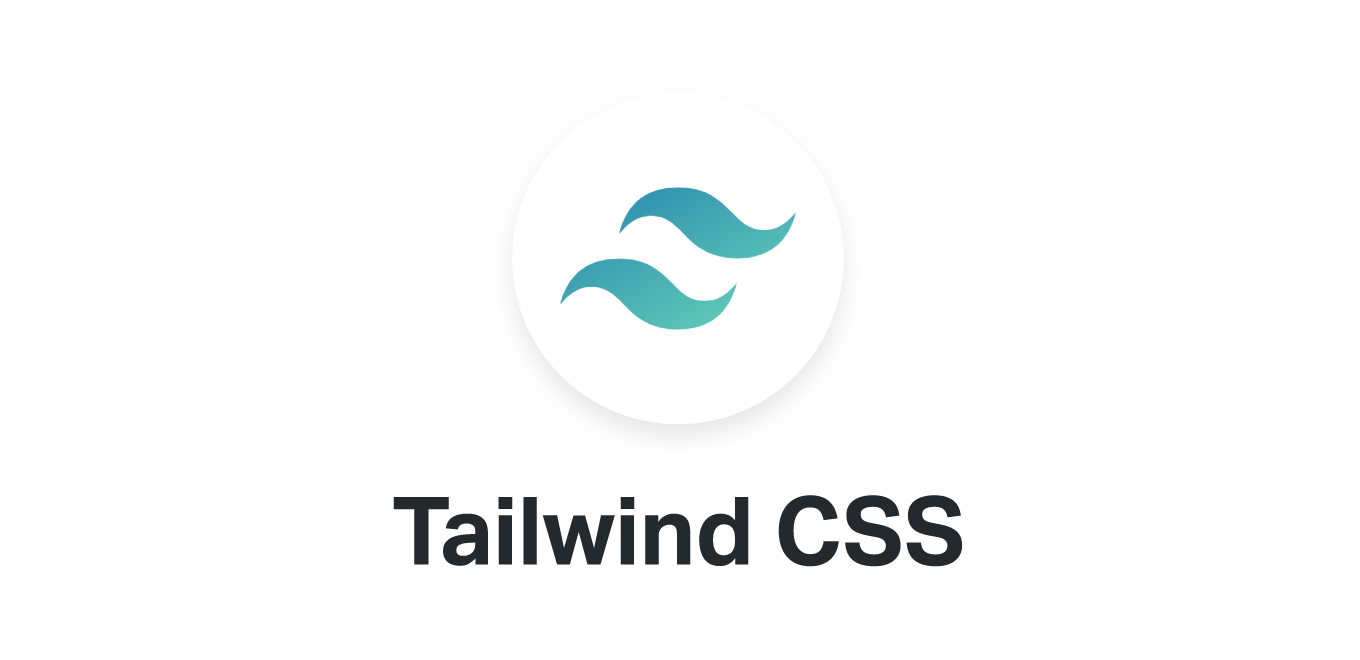Tailwind CSS: A Revolution in Web Styling

Tailwind CSS is a transformative approach to styling web pages that has been gaining popularity among developers and designers alike. This utility-first CSS framework provides a whole new way of thinking about and managing styles in your web projects.
Unlike traditional CSS frameworks like Bootstrap or Foundation, Tailwind doesn't offer a pre-set selection of components or styles. Instead, it provides low-level utility classes that enable you to construct unique designs directly in your markup.
What does this mean in practice? Well, instead of writing CSS in separate files and applying classes to HTML elements, Tailwind allows you to compose complex designs directly in your HTML. This approach promotes component-based design, which makes it easier to build and maintain consistent and reusable elements across your website or application.
Tailwind is highly customizable. It's designed to be a starting point, allowing you to define your design constraints from the get-go. This means you can adjust your color palette, typography, spacing, and much more to match your branding or design guidelines. Moreover, it's easy to extend Tailwind with custom classes, giving you complete control over your styling.
One of the biggest benefits of Tailwind is its focus on responsiveness. The framework includes a robust system for building responsive designs, making it easy to adjust styles for different screen sizes. This is particularly useful in today's multi-device world, where your designs need to look great on everything from smartphones to large desktop monitors.
Despite its advantages, Tailwind does come with a learning curve. It requires a different mindset than traditional CSS, and it can seem overwhelming at first due to the large number of utility classes. However, once you get the hang of it, many developers find that it speeds up their workflow and leads to cleaner, more maintainable code.
In conclusion, Tailwind CSS is a powerful tool for modern web development. It offers a high degree of flexibility, promotes reusable components, and makes it easier than ever to create responsive designs. If you're looking to shake up your web styling approach, it's definitely worth giving Tailwind a try.